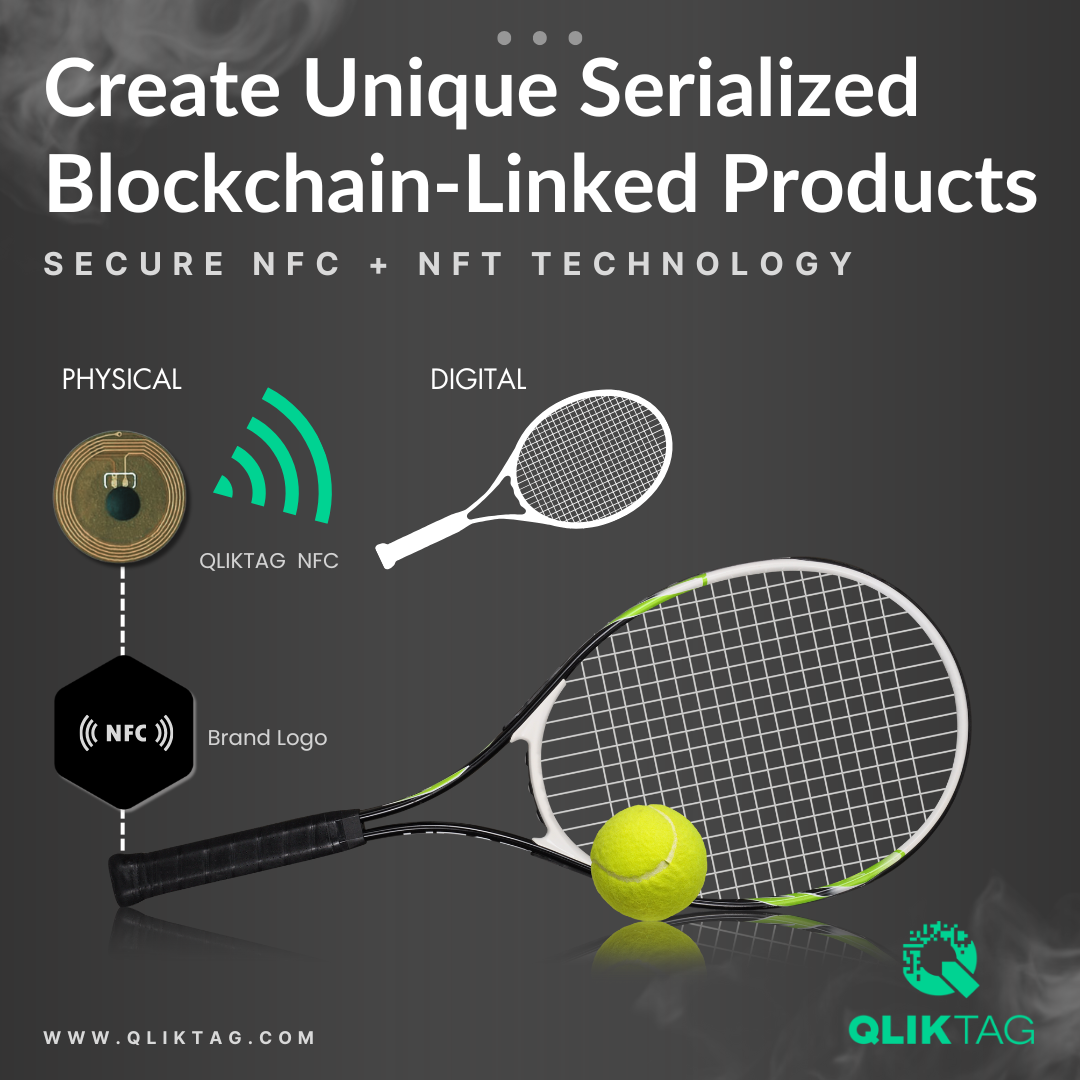In an era where product uniqueness, trust, and authenticity play a critical role in consumer decision-making, the integration of serialization on blockchain and NFC brand protection technology into product design is becoming an essential innovation. By embedding secure, unclonable NFC chips or printed electronic circuits within the core of a product, manufacturers can create physical items that are uniquely identifiable, verifiable, and traceable throughout their lifecycle. This approach addresses pressing concerns such as counterfeiting, brand protection, ownership verification, and sustainability, while opening doors to exciting possibilities in digital and smart product ecosystems.
Why Serialization on Blockchain and NFC Technology Matter
Serialization assigns each product a unique identifier, ensuring it can be distinguished from similar items. This identifier, encoded into an NFC chip embedded within the product, forms the cornerstone of a robust anti-counterfeiting and authentication system. NFC technology enhances this by enabling seamless communication between the product and a smartphone or reader, allowing instant verification of authenticity and provenance.
However, to truly ensure trust and transparency, this serialized data can be linked to a blockchain. Blockchain technology provides an immutable, decentralized ledger that securely records the product’s identity, ownership history, and related events. This record can outlast the manufacturer, buyer, or even the physical product itself, offering a timeless, tamper-proof solution.
The Role of NFC in Brand Protection Technology
For brands, protecting their reputation and product value is paramount. Counterfeiting not only damages brand equity but also compromises consumer trust. With NFC brand protection technology, a product can have a digital fingerprint that cannot be replicated.
Secure NFC tags or printed electronic circuits embedded within the product offer dynamic authentication capabilities. This ensures that even if counterfeiters attempt to clone the product’s physical appearance, the absence of an authenticated NFC identifier makes such attempts futile.
For example:
- A luxury handbag can have a printed electronic chip embedded within its leather body, ensuring the product’s authenticity at every point of sale or resale.
- A sports racket can integrate an NFC tag into the handle base, enabling players or collectors to verify its legitimacy instantly.
- A fashion garment like a sweatshirt can have an NFC chip stitched into the label, which connects to a blockchain record detailing its design, ownership, and authenticity.
Serialization on Blockchain: A Timeless Identity
By linking serialized product identifiers to a blockchain, manufacturers create an unchangeable record that adds value to the product. This approach ensures that:
- Ownership and History Are Transparent: Ownership transfers can be securely logged on the blockchain, allowing buyers to verify the product’s journey and authenticity.
- Trust Is Built: The immutability of blockchain prevents tampering, providing confidence to consumers and stakeholders.
- Sustainability Is Supported: Blockchain records can store details about materials used, recycling options, and repair information, contributing to circular economy efforts.
- Smart Contracts Enable Innovation: Features like automated royalty sharing from resale or proof of shared ownership can be enabled using blockchain-powered smart contracts.
For instance, a collectible bottle of premium spirits could have an NFC chip integrated into its bottle cap or label. The serialized identifier linked to a blockchain ensures that even as the product appreciates in value, its provenance and ownership history remain intact and verifiable.
Designing Future-Proof Products
Embedding NFC and serialization on blockchain within the design of physical products makes them inherently smarter and more valuable. This innovation is not restricted to luxury goods or electronics; it spans industries:
- Electronics: A vape device with an NFC chip inside its casing can verify authenticity, warranty, and usage history.
- Furniture: Wooden furniture can have NFC tags embedded in layers, ensuring traceability for warranty claims, repairs, and recycling.
- Construction Materials: Materials like engineered wood or glass can carry embedded NFC tags to track their lifecycle and ensure compliance with regulations.
Moreover, these technologies unlock possibilities in digital interactions. A tennis racket, for example, could connect to a metaverse platform, allowing players to showcase their real-world equipment in a virtual environment.
Digital Product Passports and Beyond
One of the most promising applications of this technology is the creation of digital product passports—blockchain records tied to the physical product’s NFC identifier. These passports could include details such as:
- Manufacturing and material information.
- Warranty terms and repair guides.
- Ownership history and digital ownership transfers.
- Recycling instructions and environmental impact.
Such a system supports sustainability while fostering trust and transparency in the global marketplace.
A New Norm in Product Design
As the adoption of serialization on blockchain and NFC brand protection technology accelerates, we are likely to see these features becoming the norm in product design. This shift will reshape how consumers perceive value, trust brands, and interact with products. By embedding these technologies into the very fabric of physical goods, manufacturers can ensure their products are future-proof, connected, and secure.
In conclusion, rethinking product design with these advanced technologies is not just a response to modern challenges like counterfeiting and trust but also a step toward a more transparent, interconnected, and sustainable future. The integration of serialization, NFC, and blockchain into products enhances their value, protects brands, and builds a foundation for innovative possibilities in both physical and digital realms.



